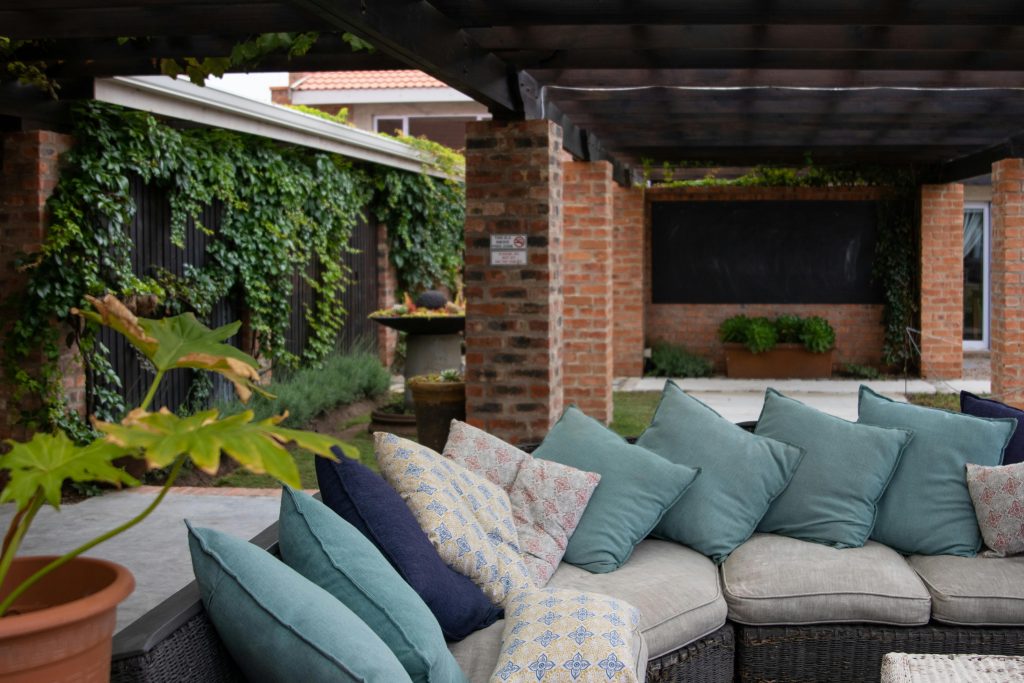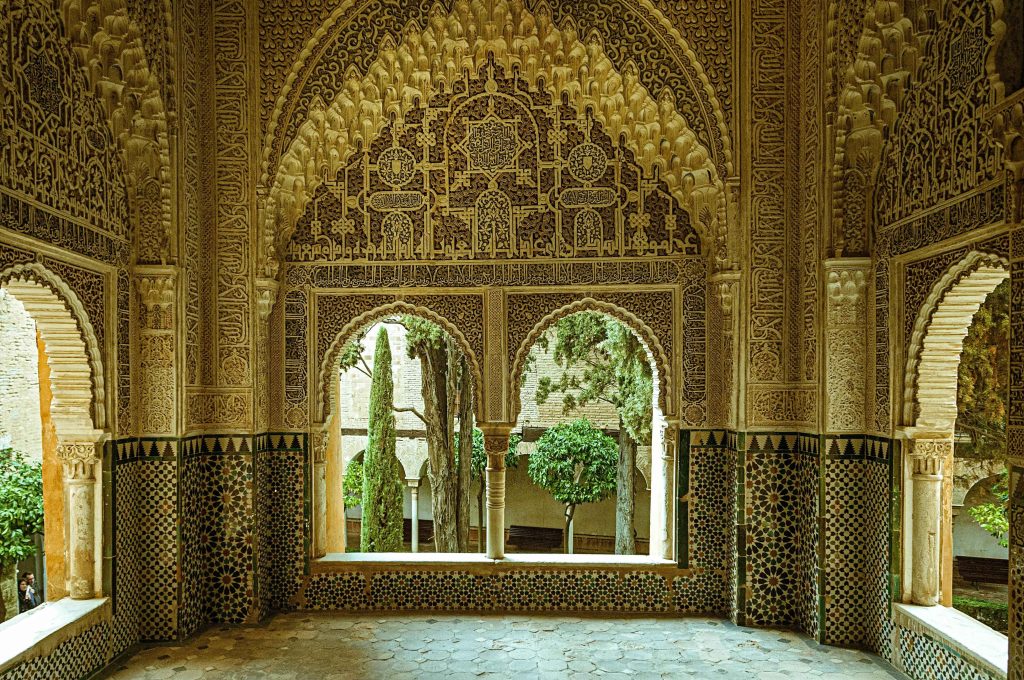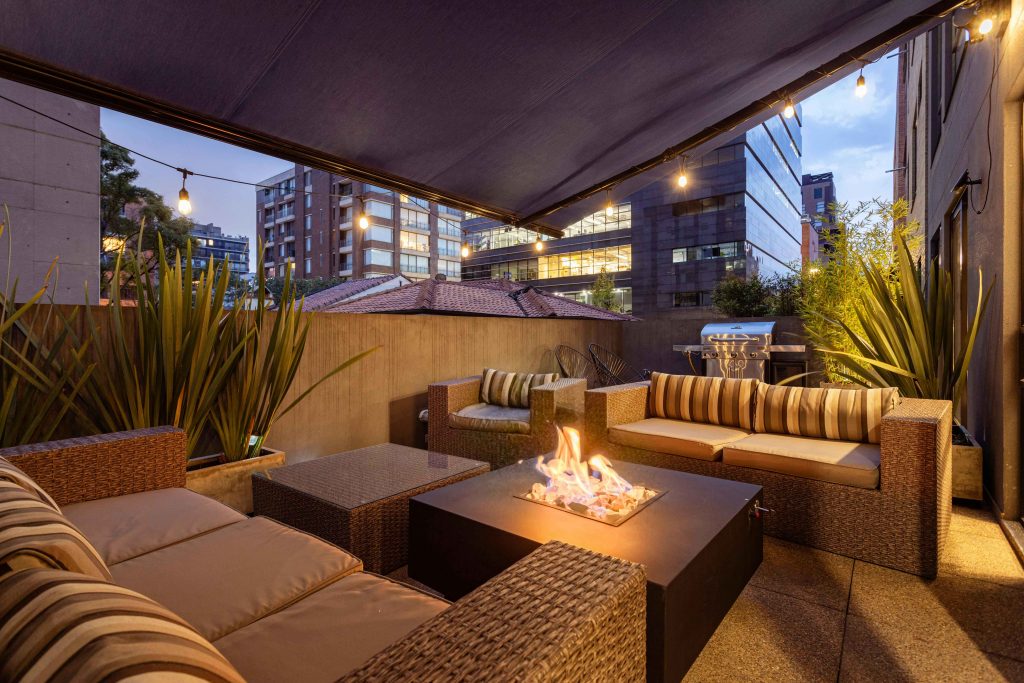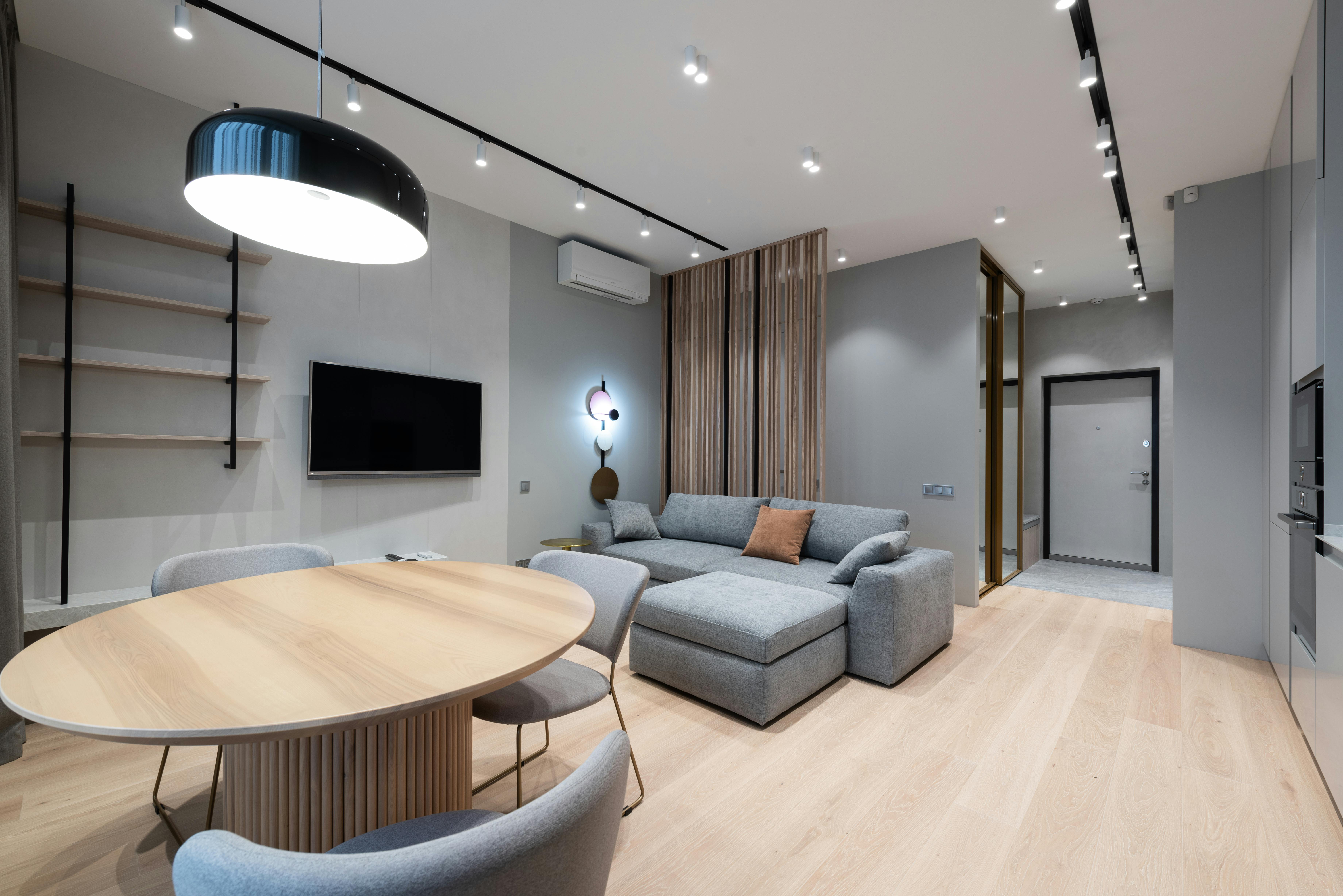The evolution of modern architecture has brought with it a fresh appreciation of interior spaces that seek a balance between functionality and appearance. Within this search, courtyard patios have made a comeback as fundamental elements that not only bring light and ventilation, but also create genuine oases in the midst of urban noise. This article explores how reinterpreting courtyard patios is transforming the contemporary architectural panorama, turning them into spaces for relaxing and
connecting to nature.

Origins and Evolution of Courtyard Patios, History and Cultural Significance Courtyard patios have a long history that dates back to ancient civilisations. In Roman, Islamic and Spanish cultures, these spaces were essential for everyday life. In Roman houses, for example, the atrium and peristyle were hubs of domestic and social activity. In Islamic architecture, patios provided a cool, private refuge whereas in Spanish architecture, Andalusian patios were known for their fountains, plants and decorative tiles. Transformation in Modern Architecture Over time, courtyard patios have evolved, adapting to the needs and styles of modern life. Instead of being simple areas of transition, these spaces have become focal points of design, offering rest from the urban environment and fostering a closer connection
to nature. This transformation has been driven by the growing interest in sustainability and wellbeing, principles that are reflected in contemporary architecture.
Contemporary Design of Courtyard Patios, Incorporating Natural Elements Incorporating natural elements is vital in the design of modern courtyard patios. Plants, trees and water not only add a pleasing aesthetic; they also improve air quality and create an advantageous microclimate.

Plentiful Vegetation The use of indigenous, exotic plants in pots, planters and green walls adds freshness and vitality.
Water Fountains Fountains and ponds not only provide a visually appealing element; they also add relaxing sounds that contribute to a peaceful setting.
Natural Wood and Stones Using materials such as stone and wood on floors and facings bring a sense of warmth and connection to nature. Open and Flexible Design The trend towards open and flexible spaces is reflected in the reinterpretation of courtyard patios. These spaces are often visually and physically connected to the rest of the home, offering a fluid transition between the indoors and the outdoors.
Large Windows Floor-to-ceiling windows let plenty of natural light in and offer clear views of the patio.Sliding Doors Sliding glass doors make it possible to incorporate the patio into the indoor spaces, creating a sense of spaciousness and continuity.
Multi-functional Furnishings The use of versatile furnishings can be adapted to different needs and occasions, maximising the space’s functionality.
Technology and Sustainability are key aspects of designing contemporary courtyard patios. Incorporating smart systems and environmentally-friendly materials contributes to the creation of efficient and environmentally-responsible spaces.
LED Lighting and Solar Panels LED lighting and solar panels reduce energy consumption and make it possible to enjoy the patio even at night.
Smart Irrigation Systems Automatic irrigation systems ensure plants are properly cared for,
optimising water usage.
Sustainable Materials Choosing recycled and low environmental impact materials, such as bamboo and recycled plastic compounds, reinforces commitment to sustainability.

Featured Examples of Modern Courtyard Patios, Patio House in Spain
The Patio House in Spain is an excellent example of how courtyard patios can transform a modern home. This project, designed by the H Arquitectes architecture studio, showcases a central patio that acts as the hub of the house. The lush vegetation and natural materials create a relaxing setting, while the large windows and sliding doors provide a fluid connection between the patio and interior areas. The Atrium House in the Untied States The Atrium House, designed by architect Peter Rose, is another impressive example of a modern reinterpretation of courtyard patios. Set in New England, this house incorporates a central atrium that floods the space with natural light and provides panoramic views of the surrounding vegetation. The open, minimalist design maximises the use of the space and creates a sense of spaciousness and
serenity.
Benefits of Courtyard Patios in Contemporary Life, Wellbeing and Quality of Life
Modern courtyard patios offer multiple health and wellbeing benefits. Exposure to natural light and vegetation has been proven to have a positive impact on mood, productivity and mental health. Modern courtyard patios offer multiple benefits to health and wellbeing. Sustainability and Energy Efficiency Incorporating natural elements and sustainable technology in courtyard patios contributes to the energy efficiency of the home. Vegetation and water fountains help to regulate the temperature,
reducing the need for artificial heating and cooling. What’s more, using environmentally-friendly materials and smart systems minimises environmental impact and promotes responsible building practice.

From an aesthetic point of view, courtyard patios add a touch of elegance and exclusivity to any home. These versatile, functional spaces not only improve the residents’ quality of life; they also increase the value of the property. Well-designed patios are attractive focal points that capture the attention and interest of visitors and potential buyers. Reinterpreting courtyard patios in modern architecture has led to innovative spaces that combine functionality, aesthetics and sustainability.
These urban oases offer a break from the noise of the city, providing a quiet, revitalising setting. By incorporating natural elements, advanced technology and sustainable design principles, courtyard patios are an essential feature of contemporary homes,improving quality of life and connecting residents to nature

